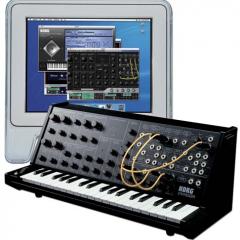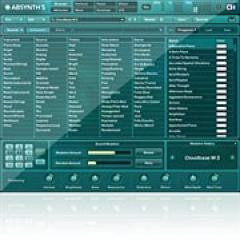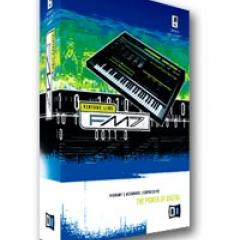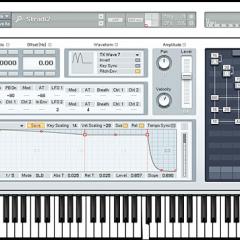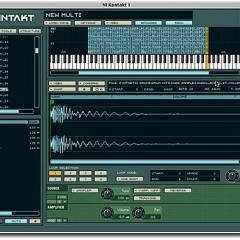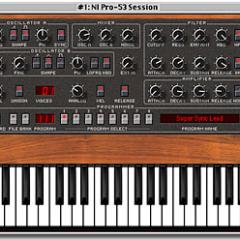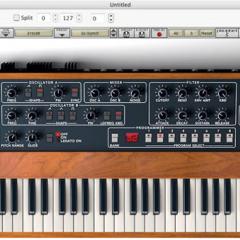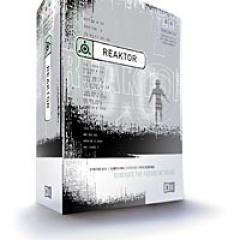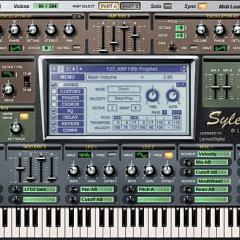Native Instruments Massive
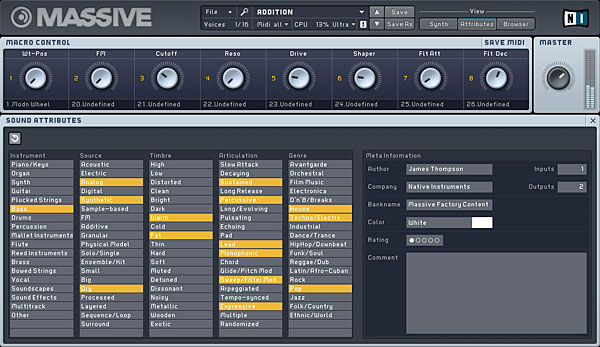
Another wonderful software synthesizer from Native Instruments is MASSIVE. This is a powerful synthesizer with a lot of potential and flexibility under an otherwise simplified and intuitive hood. There are only three different pages to view in this program. "Synth" view shows all the parameters and knobs that are needed to create and edit sounds in a single, concise and well conceived page. "Attribute" view allows you to add meta-data attributes to the selected patch - from author name to categorical information - for use in the KoreSound Browser. The "Browser" page is where you can choose from any of the 600 preset sounds, or your own creations, with a helpful category-based filtering system where you select certain attributes to narrow down the program list in hopes of finding the right sounds for your needs. Both the Attributes and Browser pages include a Macro Control section with eight assignable knobs for immediate fine-tweaking.
Now this is the question you're probably asking yourself: what about the synth itself? MASSIVE is a 16-voice polyphonic synthesizer that is based on a unique Wave Scanning algorithm, implemented via three parallel oscillator modules, two multimode filters with fantastic routing options, and a number of modulation sections that include step sequencers and easy to use dynamic envelopes.
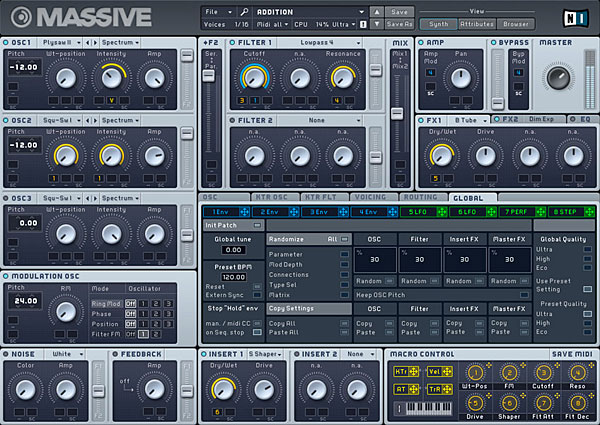
MASSIVE comes with three independent oscillators that provide 85 different wavetables to select from, categorized as Basic, Analog/Electric, Digital/Hybrid, FX/Chords and Virtual Analog. It also allows five different time/frequency shifting options to further change the timbre of the selected wavetable. Each oscillator has its own Pitch control, Wavetable-position, Intensity, and Amp (level) knobs. A wonderful thing about MASSIVE is that each knob can be assigned to control a secondary parameter - they are easily routed by dragging any envelope, LFO or Macro Control (look for the moveable object icons) to the boxes underneath a given knob. Click & drag on the value in the box to adjust that parameter, or simply tweak the knob itself to adjust both the knob's default parameter and the newly assigned parameter together.
There is also a Modulation Oscillator section that allows you to vary the main oscillators' signal with Ring Mod, Phaser, Position, and Filter FM modes. You can independently assign any of these modes to each of the oscillators. It also has its own pitch control. There is also a Noise generator with 12 different noise types to choose from with knobs to change the Color and Amp (level) of the noise. Next-door to that is the Feedback control. You can easily dial in feedback into any patch to amplify, dirty or even distort it. There is a warning in the manual stating that too much feedback can damage speakers and hearing!
There are two Filters available. DJ-style sliders beside each oscillator section let you adjust, or mix, how much of each oscillator you want to send to Filter 1 and Filter 2. A similar slider beside the Filter sections allows you to mix between series or parallel modes for the two filters. Each filter has 12 different filter types to choose from, along with three control knobs that vary from cutoff and resonance to Pitch and Feedback, depending on the type of filter mode selected. All the usual suspects including Lowpass, Highpass and Bandpass are on tap, as well as some new modes like Acid and Scream.
There are two master effects sections, plus an additional two insert effects sections. The master effects have 17 different effects you can use ranging from reverb, chorus, delay, and flanger to tube amps. There is also a master 4-band equalizer section which can be added to sweeten the whole patch.
MASSIVE also has a centrally located tabbed-window section which allows for the editing of four separate envelopes and up to four LFO's or 16-step sequencers. The envelopes are very sophisticated, parts of the envelope can be looped and you can morph between different transitions or crossfades for the defined loop start and end points. There are a few preset envelopes to load, as well as the ability to store and load custom user envelopes. The same can be said of the LFO's, with basic waveforms to complex waveforms that can be edited and then saved for use later. There are two types of 16-step sequencers as well: Stepper and Performance. While the Stepper conforms to the well-known, established operating modes, the Performer allows each step to be shaped individually, making it ideal for advanced rhythmic structures.
Also tucked away within this center panel of MASSIVE are the various global settings pages. These allow you to set up and/or adjust everything from oscillator glide and portamento, pitch-bend range, vibrato, key-tracking (to map incoming pitch information generated by your keyboard or sequencer individually for each oscillator and filter), voicing settings (unison or polyphony modes), extensive signal routing options and much more.
Overall, MASSIVE is a very powerful software synthesizer that should belong in any artist's software arsenal. It's a very broad instrument capable of making nice leads and very good basses. It's designed to seamlessly integrate with Native Instruments KORE program as well. Best of all, it provides users with all of Native Instruments' synthesis quality and experience in one of their easiest to use platforms yet! MASSIVE Expansion Volumes 1 & 2 each provide 200 additional sounds to its library. MASSIVE has been used by Assemblage 23, Depeche Mode and Andrew Phillpott.
Demos & Media
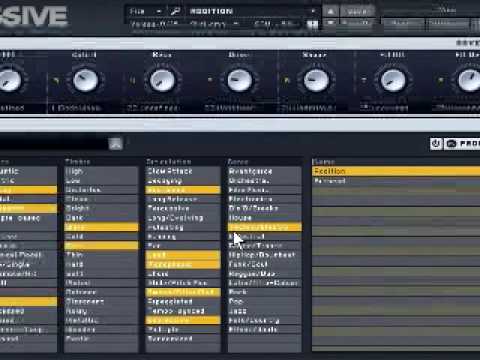
Specifications
Websites of Interest
Resources
Review by Jeremy Schwenke
Reviewed April 2010
